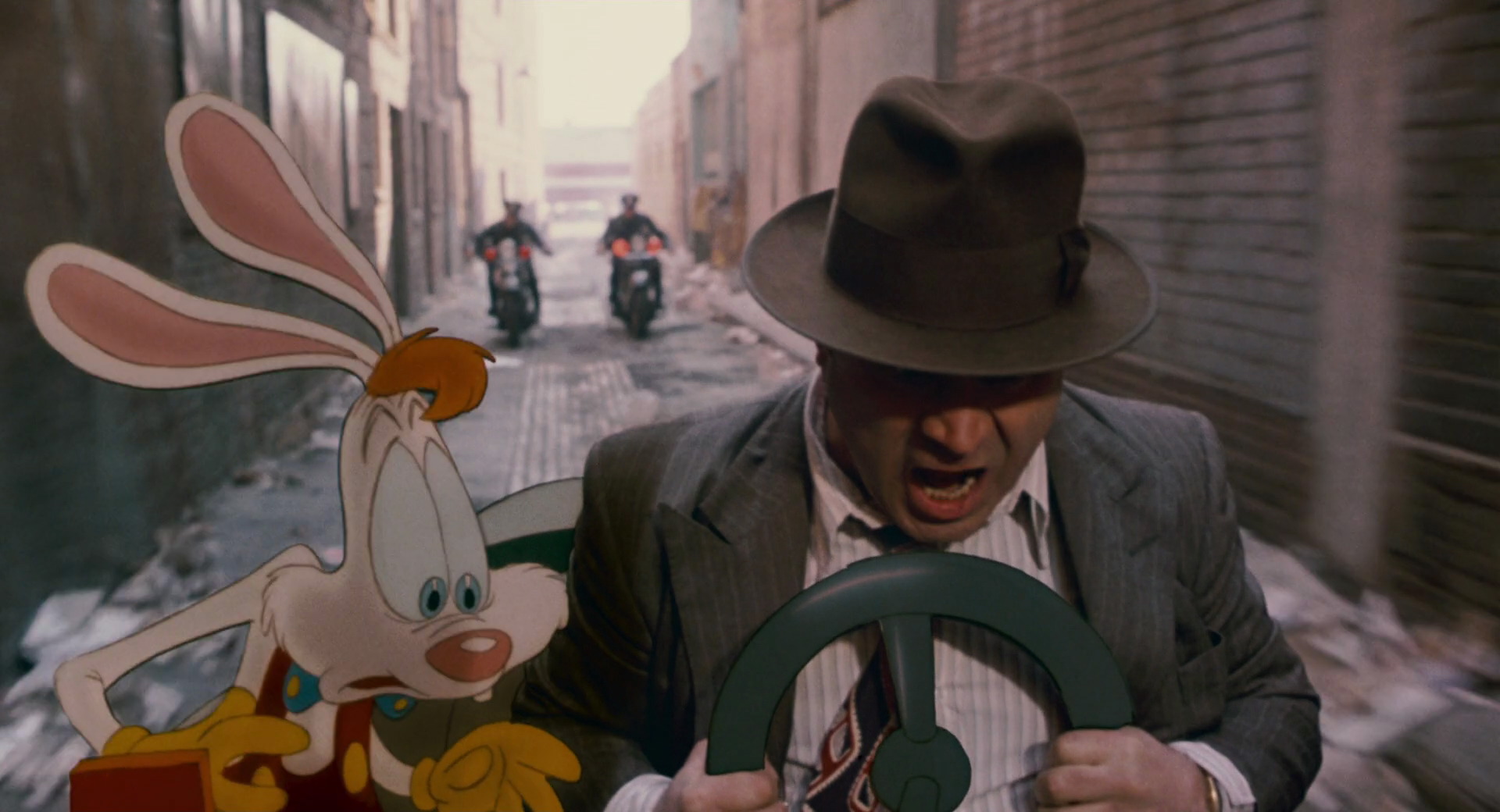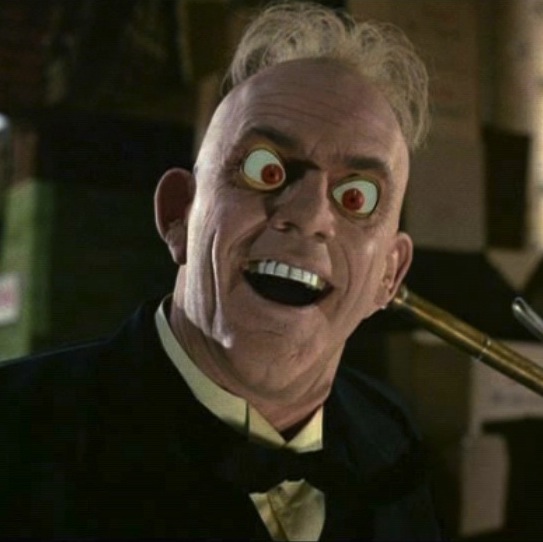
(Disney, wisely, kept all merchandising rights.) And although Katzenberg saw the Who Framed Roger Rabbit project as a way to "save" the flailing animation division and suggested using Van Citters as the animation director for the project, Zemeckis insisted that they instead hire Richard Williams, who Zemeckis considered the "best animator in the world." Williams, a persnickety perfectionist based in London, openly disliked Disney's corporate culture and only accepted the job on the condition that Disney would release his long-in-development animated feature The Thief and the Cobbler. Stewart's indispensable Disney War, Spielberg and his director Zemeckis had complete creative control and a share in any profits. The deal to secure Spielberg, largely overseen by Katzenberg, was unique: according to James B. In reigniting the project, he made a key creative ally in Steven Spielberg, who brought on director Robert Zemeckis, despite a pre-Eisner Disney rejecting the duo's earlier film Back to the Future for being too racy. A year later, Eisner revived the project, putting it back into active development. In 1984, after weathering attacks from corporate raiders and equally damaging green-mail attempts, a new leadership team was installed at the top of the company, led by Michael Eisner, Frank Wells and Jeffrey Katzenberg.

Creative leadership at the studio was almost nonexistent and rumors of the shuttering of the entire animation department persisted. But the core of the story was remarkably formed, just as we know it today: Roger is a cartoon character framed for murder who hires a human private eye ( Peter Renaday in the test footage) to help clear his name.Īt the time Disney was confident enough in the project (and in Walt Disney Animation to successfully pull off the ambitious mixture of live-action and animation) to tout it on the admittedly smaller, pay-cable version of the Disney Channel.
#VILLAIN IN WHO FRAMED ROGER RABBIT PLUS#
Plus Jessica is more of a "cunning and seductive" heat seeker who has cast Roger aside after landing a big role (from the footage it sounds like she was voiced by Disney stalwart Russi Taylor). In a 1983 episode of Disney Studio Showcase, from the nascent days of the Disney Channel director Darrel Van Citters and character designer Mike Giaimo (who is one of the production designers on Frozen 2) introduce test footage from the production, describing it as "a live action picture in which half the cast is animated characters." The footage is very different, with Roger sporting a totally different look (with Paul Reubens' stuttering voice) and an animated character named Captain Cleaver (a "big, brash, phsy" homicide detective "from downtown") serving as Valiant's cartoon foil.
#VILLAIN IN WHO FRAMED ROGER RABBIT CRACK#
Various attempts were made to crack the ambitious mixture of live-action and animation. Seaman, who were also developing a project for Disney called Trenchcoat (now largely forgotten and not available on Disney+), to adapt it. Former Disney president and CEO (he was also Walt's son-in-law) Ron Miller purchased the rights to Gary Wolf's very-different novel Who Censored Roger Rabbit in 1981, shortly after it was published, and set the writing duo of Jeffrey Price and Peter S.


Who Framed Roger Rabbit was a notoriously difficult production.


 0 kommentar(er)
0 kommentar(er)
